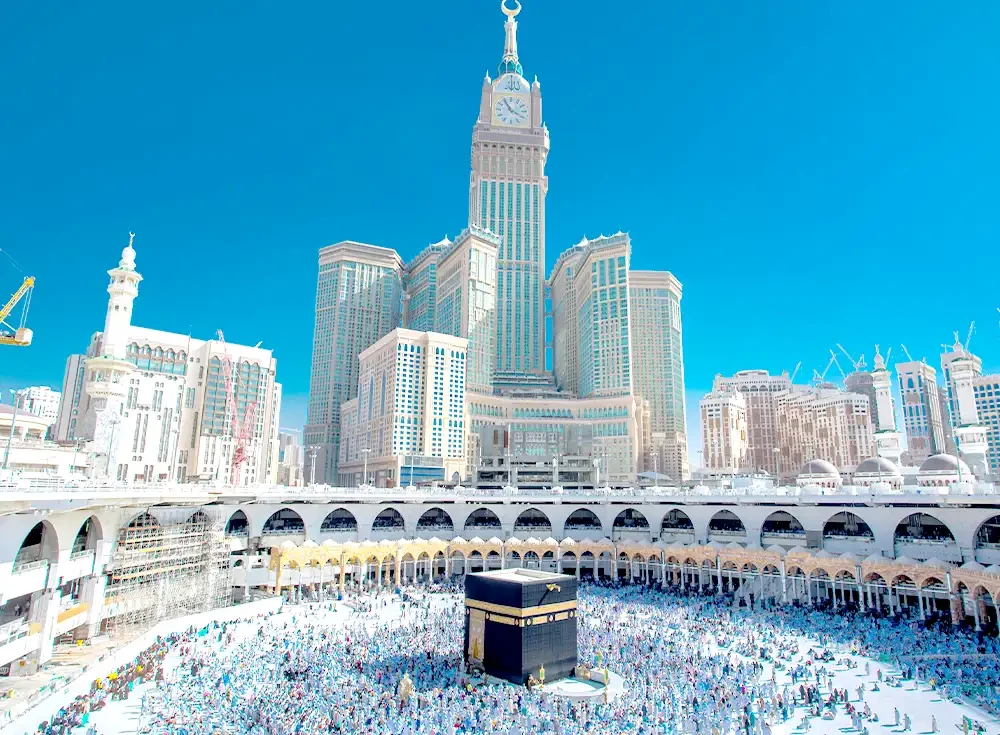
The Umrah is an important Islamic pilgrimage to Mecca, often referred to as the "lesser pilgrimage" compared to Hajj. Unlike Hajj, which is obligatory for financially and physically able Muslims at least once in their lifetime, Umrah is a voluntary act of worship that can be performed at any time of the year. Despite being non-mandatory, Umrah holds great spiritual significance, offering a unique opportunity for Muslims to cleanse their sins and seek Allah’s blessings.
Many Muslims often wonder, can Umrah count as Hajj? This question arises because both pilgrimages involve visiting the Kaaba, performing Tawaf (circumambulation), and adhering to several rituals. However, there are fundamental differences between Hajj and Umrah that must be understood to clarify whether one can substitute for the other.
In this comprehensive guide, we will explore the importance of Umrah, its rituals, features, and provide clarity on whether Umrah can replace Hajj.
Umrah serves as a means of purification of the soul. It allows pilgrims to seek forgiveness, reflect on their deeds, and return home spiritually cleansed.
The Prophet Muhammad (PBUH) encouraged the performance of Umrah. Several Hadiths highlight the importance and benefits of Umrah, stating that it erases past sins and brings immense rewards.
Performing Umrah strengthens a believer’s faith by increasing their connection with Allah, offering an opportunity for deep supplication and personal reflection.
According to a Hadith, the Prophet (PBUH) mentioned that for women, the elderly, and those unable to fight in Jihad, Umrah holds equivalent rewards to Jihad when performed with sincerity.
During Umrah, pilgrims are constantly engaged in prayers, supplications, and dhikr, which bring them closer to Allah’s mercy and blessings.
Umrah consists of a set of prescribed rituals that pilgrims must complete in Mecca. These include:
Before entering Mecca, pilgrims must assume Ihram, a state of physical and spiritual purity, by wearing two white seamless garments (for men) and modest clothing (for women). They must also recite the Talbiyah prayer.
Pilgrims perform Tawaf by circling the Kaaba seven times in a counterclockwise direction while reciting supplications.
After Tawaf, pilgrims perform Sa’i, walking between the hills of Safa and Marwah seven times, commemorating Hajar’s search for water for her son, Ismail (AS).
The final step of Umrah is either shaving the head (for men) or trimming the hair (for women), symbolizing humility and renewal.
| Aspect | Hajj | Umrah |
|---|---|---|
| Obligation | Mandatory for able Muslims once in a lifetime | Sunnah, highly recommended but not obligatory |
| Timing | Fixed (8th-12th Dhul Hijjah) | Can be performed any time of the year |
| Duration | 5-6 days | A few hours to a day |
| Rituals | Includes Arafat, Mina, Muzdalifah, and Rami (stoning of the devil) | No Arafat, Mina, or Rami required |
The answer is No—Umrah does not count as Hajj. The two are distinct acts of worship with different requirements. While Umrah holds immense rewards and purifies the soul, it does not fulfill the obligation of Hajj.
While Umrah is a deeply spiritual and rewarding pilgrimage, it does not substitute Hajj. The obligatory nature of Hajj, along with its exclusive rituals, makes it a distinct act of worship. For those who have not yet performed Hajj, Umrah serves as a wonderful opportunity to prepare and gain spiritual rewards.
If you are planning for Umrah or Hajj, we at Kaaba Connections offer affordable and customized packages to ensure a smooth journey to Mecca and Medina. Contact us today for free consultations!